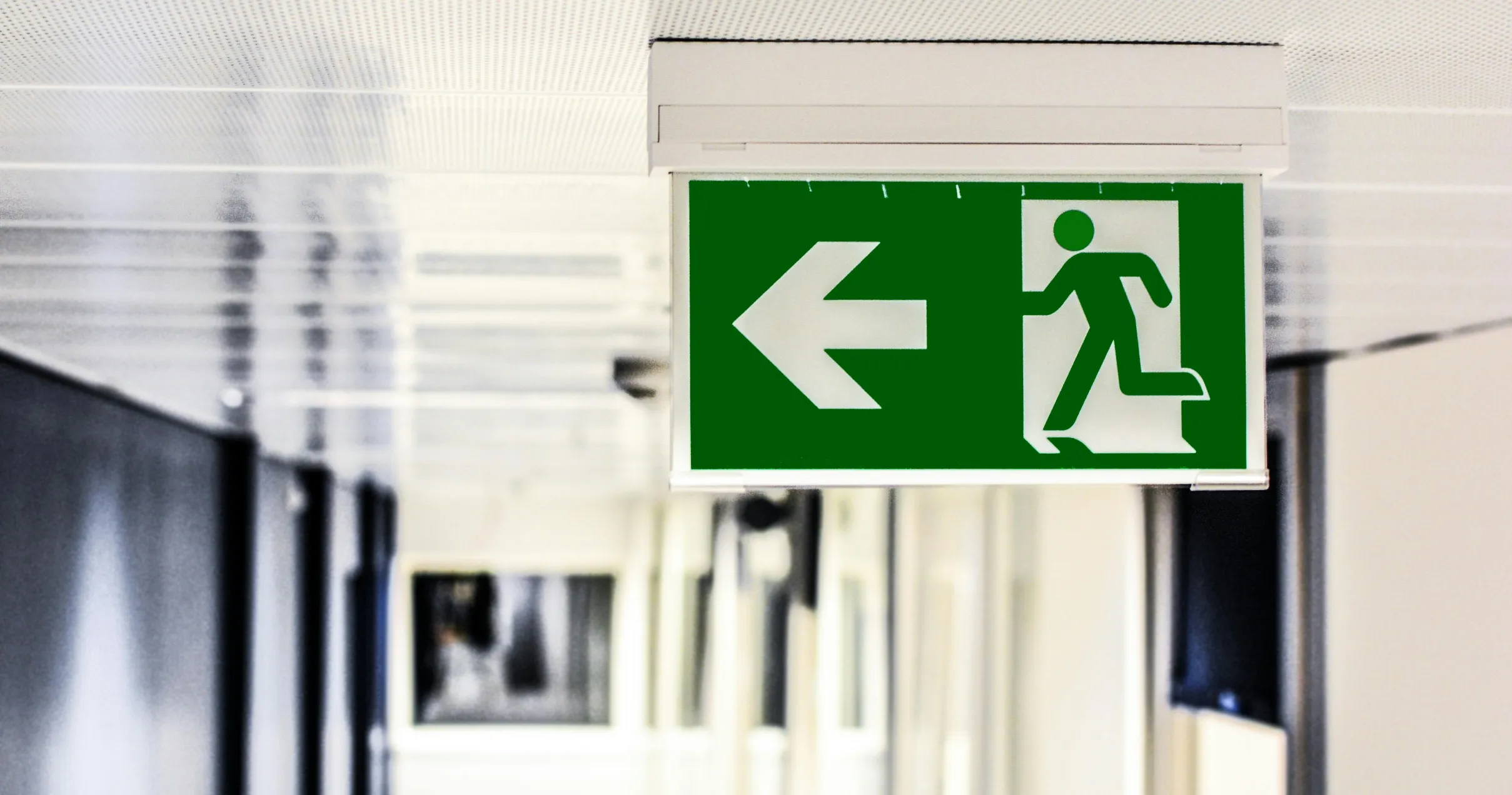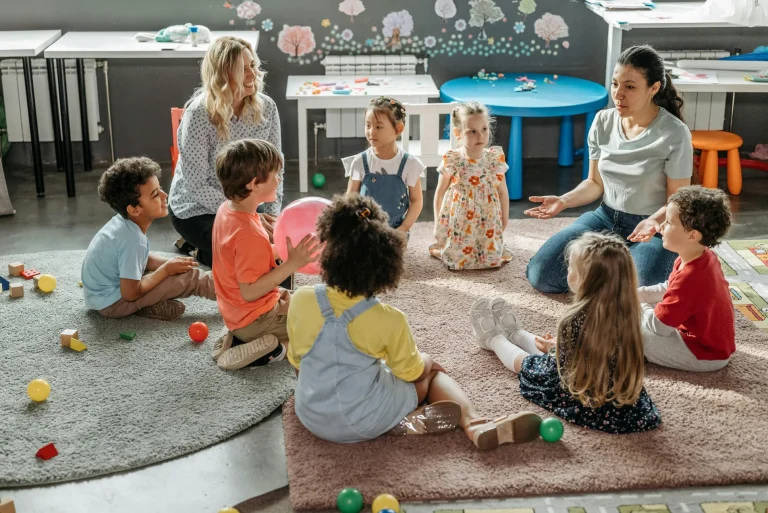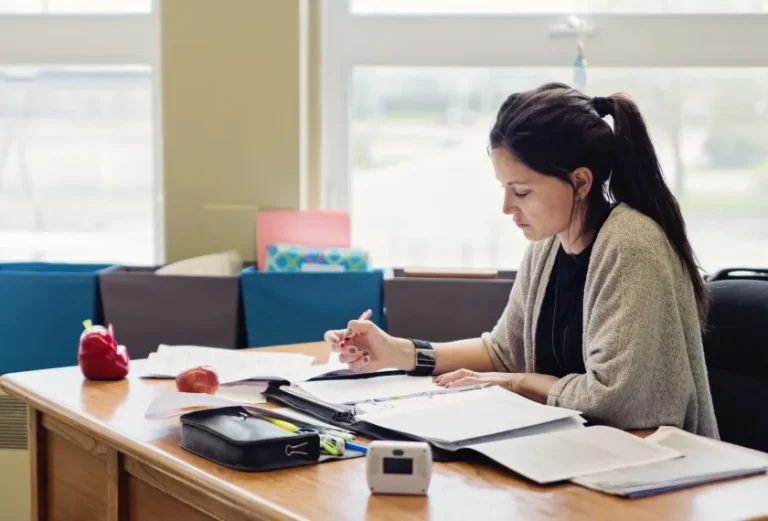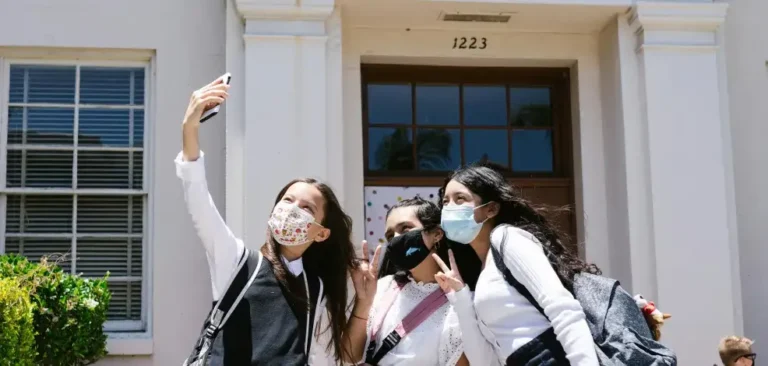Lockdown drills are becoming more common in UK schools. Much like fire drills, they are designed to prepare pupils and staff for rare but high-impact situations. For teachers, school leadership, and education recruitment professionals, these drills raise important questions. Are they a sensible safeguarding step, or do they create unnecessary worry for children and parents? This article explores why schools are introducing lockdown drills, what they involve, and how to manage concerns while keeping safety at the centre.
Why Lockdown Drills Are Being Introduced
A Safeguarding Measure
Schools have a duty of care to keep children safe. Lockdown drills are part of a broader safeguarding plan that ensures staff and pupils know what to do in the event of an intruder, a dangerous incident nearby, or another unexpected risk.
Learning From Fire Drills
For decades, fire drills have been a normal part of school life. Lockdown drills follow the same principle: prepare for an unlikely event so that, if it ever happens, staff and students know exactly how to respond.
Supporting Teachers and Leadership
For teachers, drills reduce uncertainty and provide confidence in how to act. For school leadership, they demonstrate compliance with safeguarding responsibilities and reassure parents that risks are being planned for responsibly.
What Happens During a Lockdown Drill
Clear Instructions
Typically, pupils are asked to stay in their classrooms, lock doors if possible, and remain quiet until instructed otherwise. Teachers lead the drill and ensure pupils remain calm.
Communication Systems Tested
Schools use drills to check whether internal communication works effectively. This includes phone lines, walkie-talkies, or alert systems used by school leadership.
Review and Reflection
After the drill, staff review what went well and where improvements are needed. This reflection stage is vital in making future drills smoother and less disruptive.
Concerns Raised by Parents
Anxiety in Pupils
One of the most common concerns is whether drills cause fear. Younger children may not fully understand why they are hiding, which can create unnecessary stress if not explained carefully.
The Perception of Risk
Some parents worry that lockdown drills suggest schools are unsafe. Without clear communication, drills may be misinterpreted as a reaction to local threats rather than a preventive measure.
Balancing Safety With Reassurance
Parents value safety but also want children to feel secure. The challenge for schools is balancing a realistic approach to safeguarding with a reassuring message to families.
The Role of Teachers in Managing Drills
Framing the Practice
Teachers play a key role in how pupils perceive lockdown drills. By framing them as “extra safety practice,” staff can reduce anxiety and normalise the process.
Supporting Vulnerable Pupils
Teachers often know which pupils may be more anxious. Taking time to check in with those students before and after drills can make the experience less intimidating.
Reinforcing Calm and Confidence
Calm leadership from teachers during drills helps pupils see them as routine, not frightening. This also models resilience and preparedness.
What School Leadership Should Consider
Communicating With Parents
Transparent communication before a drill is essential. School leadership should inform parents about the purpose, process, and language that will be used with pupils. This prevents misunderstandings and builds trust.
Training and Consistency
Leadership teams need to ensure all staff understand the procedures and respond consistently. Inconsistent messages create confusion and increase anxiety.
Embedding Into Safeguarding Culture
Lockdown drills should not be treated as isolated events. They should be integrated into the school’s wider safeguarding culture alongside fire safety, first aid, and child protection measures.
The Perspective of Education Recruitment
Preparing New Teachers
Education recruitment agencies placing early career teachers must ensure candidates are aware of safeguarding expectations. Lockdown drills may now form part of the induction process.
Supporting Supply Staff
Temporary or supply teachers should also be familiar with lockdown procedures. Recruitment agencies can play a role in briefing staff before they enter new schools.
Reassuring Schools and Parents
By promoting robust safeguarding training, education recruitment partners reassure schools and families that every teacher placed is prepared for modern safety practices.
Practical Steps for Schools
- Plan Ahead – Decide when and how drills will be carried out, and inform staff and parents in advance.
- Use Child-Friendly Language – Present drills as “safety practice” rather than highlighting potential threats.
- Debrief Afterwards – Allow teachers and pupils to share reflections and ask questions.
- Train All Staff – Ensure both permanent and temporary staff know the process.
- Review Regularly – Update procedures to reflect lessons learned and changing risks.
Conclusion: Prepared, Not Afraid
Lockdown drills are not about alarming parents or children. They are about ensuring teachers, school leadership, and pupils are prepared for rare but serious situations. When communicated clearly and carried out calmly, they become another part of a school’s safeguarding culture.
The reality is that these drills reflect the world we live in today. Whether we welcome them or not, they are now part of keeping schools safe. By approaching them with balance and sensitivity, schools can help pupils adapt without fear, and parents can trust that every measure is being taken to protect their children.





